Home>Gardening & Outdoor>Landscaping Ideas>How Tall Does Purple Fountain Grass Get
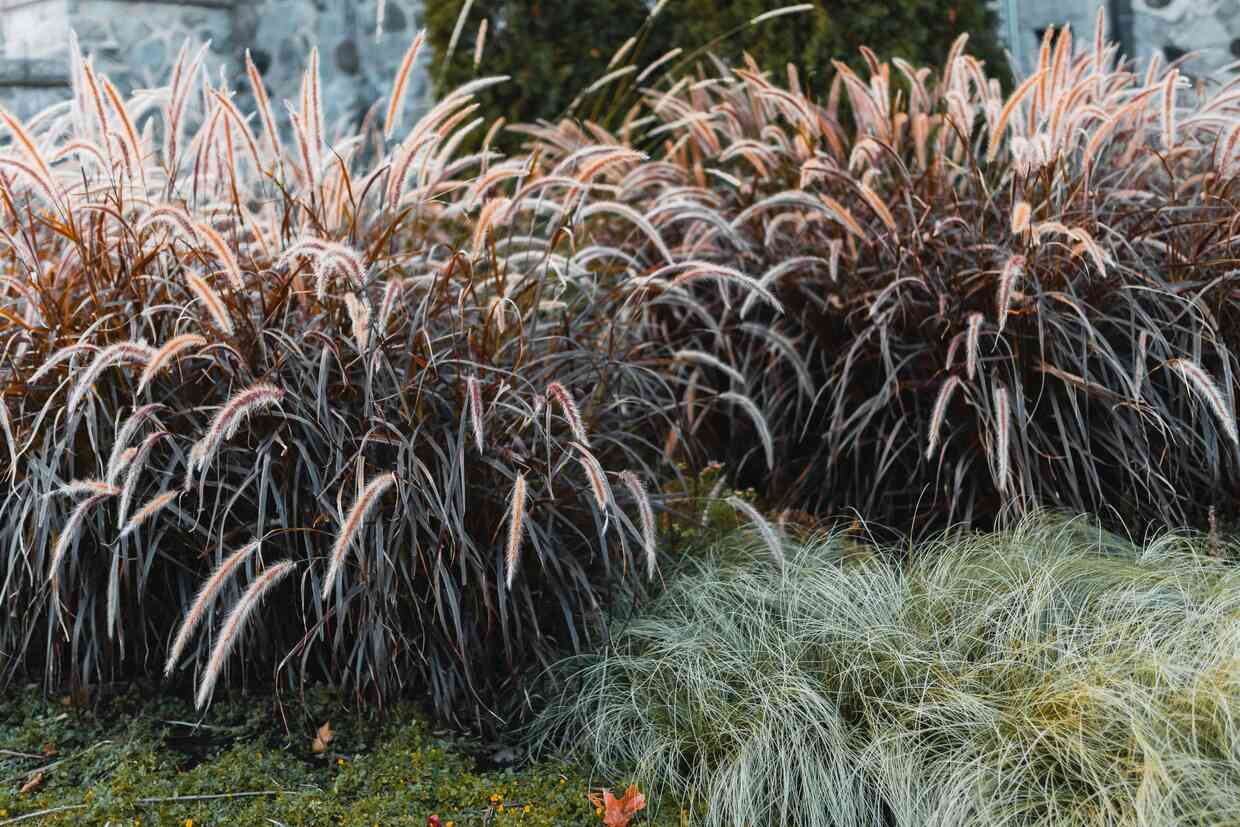

Landscaping Ideas
How Tall Does Purple Fountain Grass Get
Modified: February 18, 2024
Learn about the ideal height of purple fountain grass for your landscaping ideas. Discover how tall purple fountain grass can grow and how to incorporate it into your outdoor spaces.
(Many of the links in this article redirect to a specific reviewed product. Your purchase of these products through affiliate links helps to generate commission for Storables.com, at no extra cost. Learn more)
Introduction
Welcome to the world of landscaping, where the beauty of nature meets the creativity of human design. If you’re looking to add a touch of elegance and vibrancy to your outdoor space, purple fountain grass might just be the perfect choice. This stunning ornamental grass, scientifically known as Pennisetum setaceum ‘Rubrum’, is renowned for its striking foliage and graceful, cascading growth habit.
In this comprehensive guide, we’ll delve into the enchanting realm of purple fountain grass, exploring its unique characteristics, ideal growing conditions, and essential care tips. Whether you’re a seasoned gardener or a novice enthusiast, join us on this horticultural journey to discover how tall this captivating grass can grow and how to nurture it for optimal beauty in your landscape.
Key Takeaways:
- Purple fountain grass can reach heights of 3 to 5 feet, adding drama and movement to outdoor spaces while concealing unsightly elements and creating privacy screens.
- Its vibrant foliage and ethereal flower spikes make it a versatile and eye-catching element in landscaping designs, infusing outdoor spaces with elegance and natural grace.
Read more: When To Plant Purple Fountain Grass
Understanding Purple Fountain Grass
Purple fountain grass is a visually captivating and versatile ornamental grass that adds a touch of drama and elegance to any landscape. Originating from tropical and subtropical regions, this grass is prized for its striking foliage and graceful, fountain-like form. The long, slender leaves range in color from deep burgundy to purple, creating a mesmerizing display that sways gracefully in the breeze.
One of the most alluring features of purple fountain grass is its inflorescences, or flower spikes, which emerge in summer and can reach impressive heights. The feathery, reddish-purple plumes dance above the foliage, adding an ethereal and dynamic dimension to the plant’s overall appeal. These ornamental grasses are often used to create eye-catching borders, add texture to garden beds, or bring life to containers and ornamental plantings.
Aside from its aesthetic charm, purple fountain grass is also valued for its low maintenance requirements and resilience in various climates. It thrives in full sun but can tolerate partial shade, making it adaptable to a range of growing conditions. Furthermore, its moderate growth rate and minimal pruning needs make it an excellent choice for both experienced gardeners and those new to landscaping.
As we continue our exploration, we’ll uncover the specific growing conditions that promote the health and vitality of purple fountain grass, ensuring that you can harness its full potential in your outdoor sanctuary.
Growing Conditions
To cultivate the vibrant beauty of purple fountain grass to its fullest potential, it’s essential to provide the optimal growing conditions. This striking ornamental grass thrives in warm, sunny environments and is well-suited to USDA hardiness zones 9-11. When selecting a location for planting, prioritize areas with full sun exposure, as this encourages robust growth and intensifies the rich coloration of the foliage.
Well-drained soil is crucial for the health and vigor of purple fountain grass. While it can tolerate various soil types, including sandy or loamy soils, it’s important to avoid waterlogged or excessively compacted areas. To enhance soil drainage, consider incorporating organic matter, such as compost or peat moss, into the planting site. This not only improves drainage but also enriches the soil with essential nutrients, promoting lush foliage and prolific flowering.
When it comes to watering, purple fountain grass displays a moderate drought tolerance once established. During the initial stages of growth, regular watering is necessary to facilitate root establishment and encourage healthy development. However, once the plant is established, it is relatively resilient to dry spells, making it a valuable addition to water-wise landscapes.
While this ornamental grass thrives in warm climates, it can also adapt to cooler regions with proper care. In colder zones, it’s advisable to grow purple fountain grass in containers, allowing for easy relocation to sheltered areas during frosty weather. Additionally, mulching around the base of the plant in autumn can provide insulation and protect the roots from freezing temperatures.
As we delve deeper into the care and maintenance of purple fountain grass, we’ll explore the essential practices for nurturing this captivating grass and ensuring its longevity and vitality in your outdoor oasis.
Purple fountain grass can grow up to 3-5 feet tall, so make sure to plant it in a spot with enough space to accommodate its height. Regular pruning can help control its size.
Care and Maintenance
Keeping your purple fountain grass in optimal condition involves a blend of attentive care and minimal maintenance. Pruning is a key aspect of its upkeep, ensuring that the plant maintains its graceful form and continues to produce an abundance of striking foliage and flower spikes. In late winter or early spring, trim back the previous season’s growth to encourage fresh, vigorous regrowth. During this time, remove any damaged or withered foliage to promote a tidy and healthy appearance.
Fertilization can further enhance the vigor and visual appeal of purple fountain grass. Applying a balanced, slow-release fertilizer in spring provides the necessary nutrients for robust growth and vibrant coloration. However, be mindful not to over-fertilize, as this can lead to excessive foliage at the expense of the plant’s characteristic graceful form.
Regular inspections for pests and diseases are essential for maintaining the health of purple fountain grass. While it is relatively resistant to most pests and diseases, occasional checks for signs of infestation or infection can help address any issues promptly. Common pests that may affect this ornamental grass include aphids and spider mites, which can be mitigated through gentle spraying with water or the application of insecticidal soap.
As the seasons transition, it’s important to prepare your purple fountain grass for the colder months, especially in regions prone to frost. In autumn, gradually reduce watering to allow the plant to enter a dormant state. Additionally, consider mulching around the base of the grass to insulate the roots and protect them from freezing temperatures. In cooler climates, potted purple fountain grass can be overwintered indoors in a bright, cool location until the threat of frost has passed.
By implementing these care and maintenance practices, you can ensure that your purple fountain grass remains a stunning focal point in your landscape, captivating onlookers with its enchanting form and vibrant hues.
Potential Height
One of the most intriguing aspects of purple fountain grass is its potential for impressive height, adding vertical interest and dynamic movement to outdoor spaces. When provided with favorable growing conditions and ample sunlight, this ornamental grass can reach heights of 3 to 5 feet, creating a striking visual impact in garden beds, borders, and containers.
The graceful arching nature of the foliage and the ethereal plumes of flower spikes contribute to the overall stature of purple fountain grass, making it a versatile and eye-catching element in landscaping designs. Its cascading form lends a sense of fluidity and elegance to the surrounding environment, evoking a tranquil and captivating ambiance.
As this grass matures, its height and lush foliage can effectively conceal unsightly elements in the landscape, such as utility boxes or bare fencing, while also providing a stunning backdrop for smaller ornamental plants. Whether used as a standalone specimen or incorporated into mixed plantings, purple fountain grass delivers a captivating vertical presence, enriching the overall aesthetic of the outdoor space.
Furthermore, the impressive height of this ornamental grass makes it an excellent candidate for creating privacy screens or softening the edges of hardscaped areas. When strategically positioned, the lofty plumes and vibrant foliage of purple fountain grass can delineate spaces, add a sense of seclusion, and introduce a touch of natural beauty to patios, decks, or outdoor seating areas.
By understanding the potential height and architectural impact of purple fountain grass, you can harness its ornamental prowess to elevate the visual allure of your landscape, infusing it with a sense of movement, texture, and vibrant color.
Read more: What To Plant With Purple Fountain Grass
Conclusion
In the realm of landscaping, the allure of purple fountain grass extends far beyond its captivating aesthetics. This versatile and resilient ornamental grass has the power to transform outdoor spaces, infusing them with a sense of elegance, vibrancy, and natural grace. From its striking foliage and ethereal flower spikes to its impressive potential height, purple fountain grass stands as a testament to the captivating beauty of the plant kingdom.
By understanding the unique characteristics and growing requirements of this enchanting grass, you can embark on a horticultural journey that celebrates the artistry of nature and the creative possibilities of landscaping. Whether adorning garden borders, accentuating container plantings, or adding vertical interest to mixed landscapes, purple fountain grass offers a myriad of design opportunities to explore and enjoy.
As you cultivate and care for this remarkable grass, its potential height becomes a defining feature, adding a sense of drama and movement to your outdoor sanctuary. Whether swaying gracefully in the breeze or standing tall as a focal point, purple fountain grass embodies the dynamic interplay of form, color, and texture, enriching the visual tapestry of your landscape.
In conclusion, the allure of purple fountain grass lies not only in its potential height but also in its ability to evoke a sense of wonder and tranquility. Embracing this ornamental grass in your landscape design endeavors opens the door to a world of creativity, where the beauty of nature intertwines with human ingenuity, resulting in outdoor spaces that inspire, enchant, and delight.
So, as you embark on your landscaping ventures, consider the enchanting allure of purple fountain grass and the transformative impact it can bring to your outdoor haven. With its potential height and captivating beauty, this remarkable grass invites you to reimagine your landscape and embrace the art of natural expression.
Frequently Asked Questions about How Tall Does Purple Fountain Grass Get
Was this page helpful?
At Storables.com, we guarantee accurate and reliable information. Our content, validated by Expert Board Contributors, is crafted following stringent Editorial Policies. We're committed to providing you with well-researched, expert-backed insights for all your informational needs.
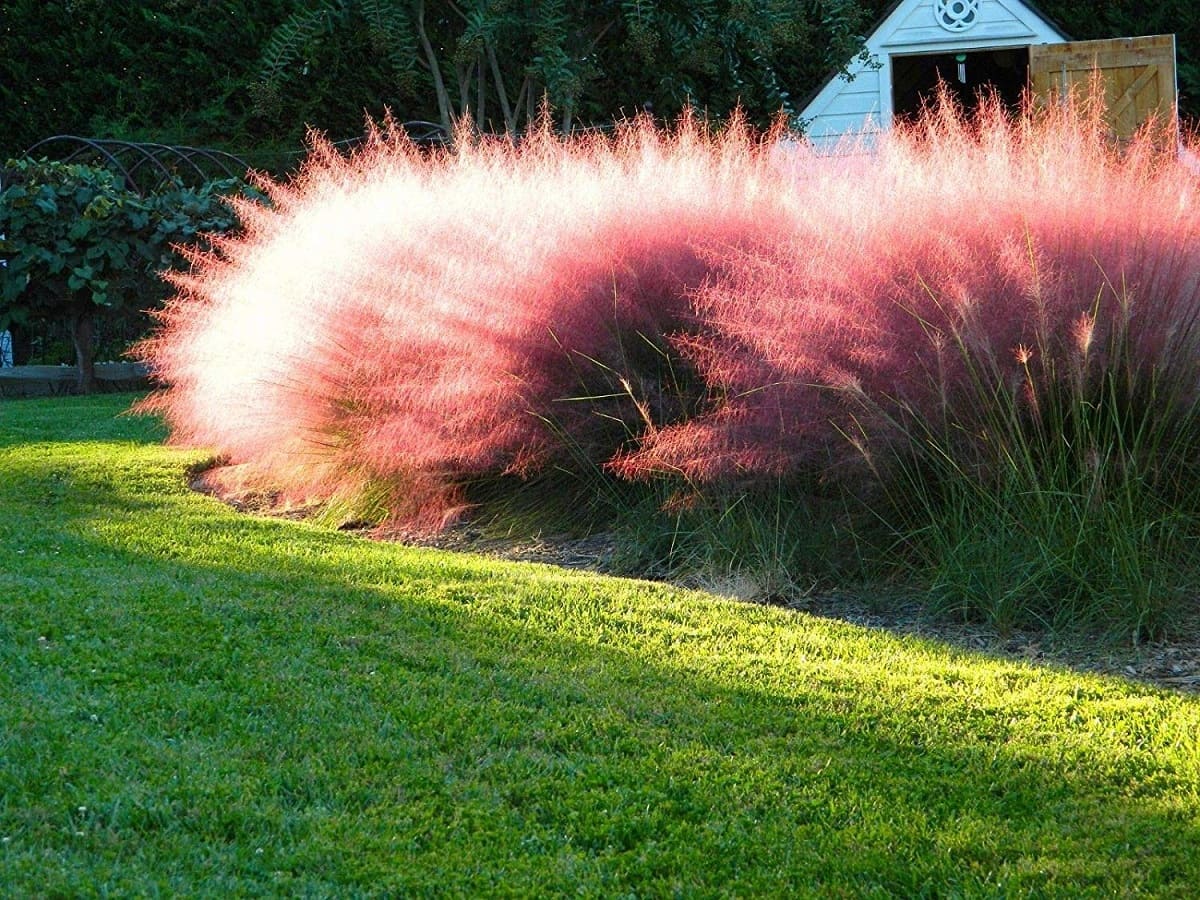
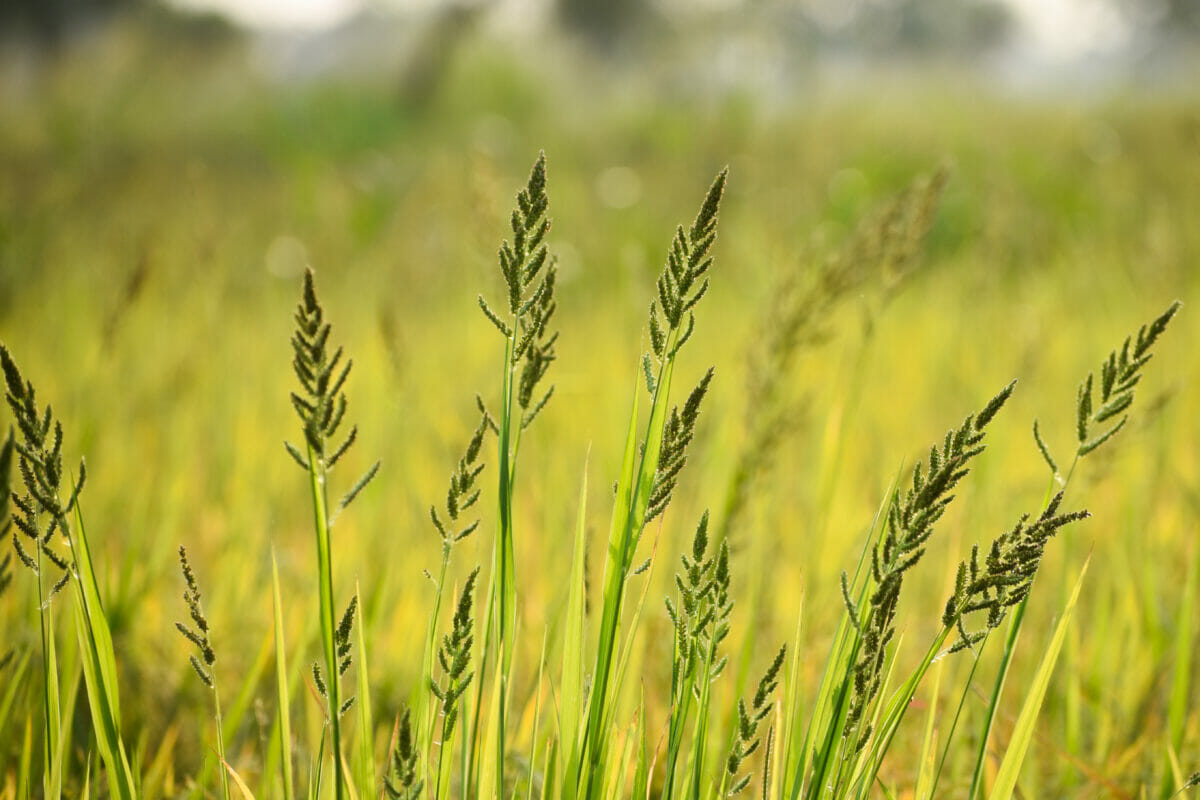
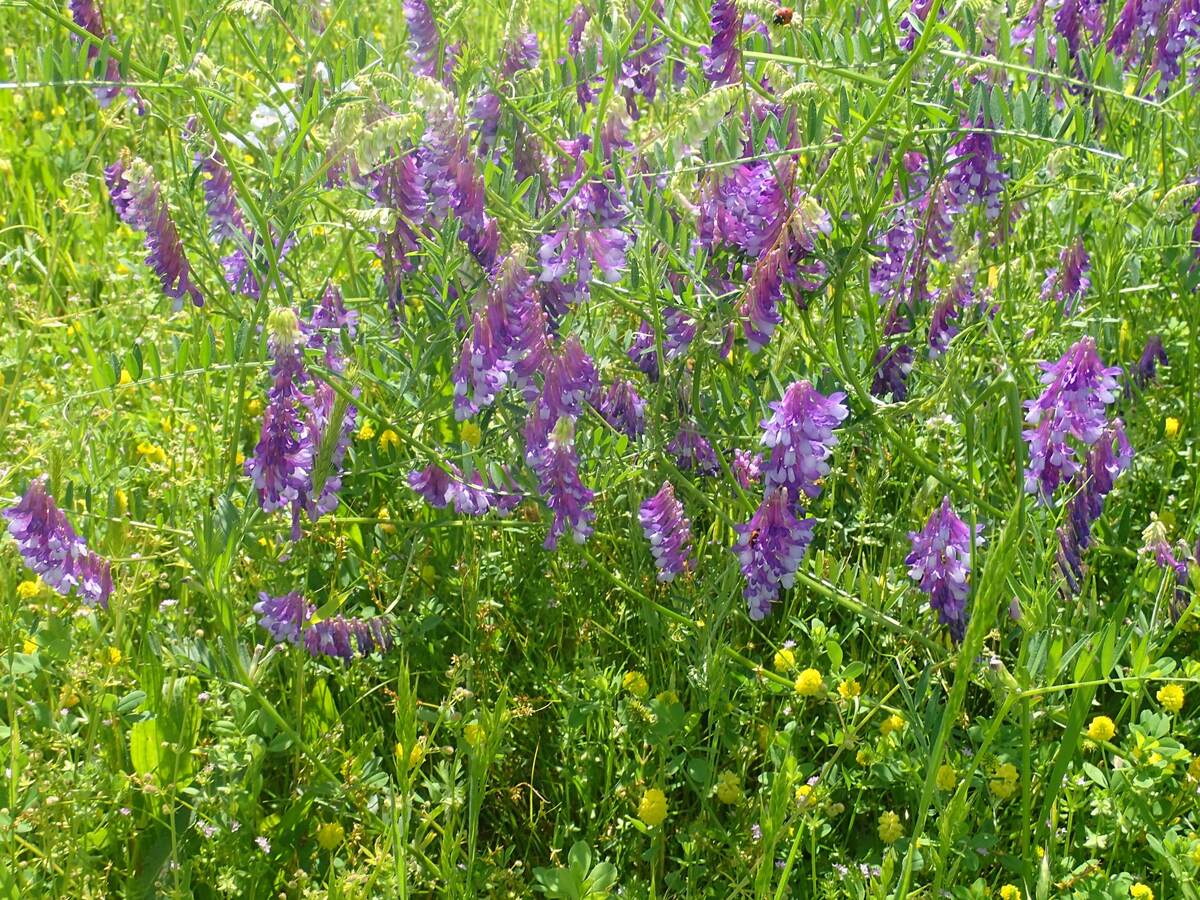
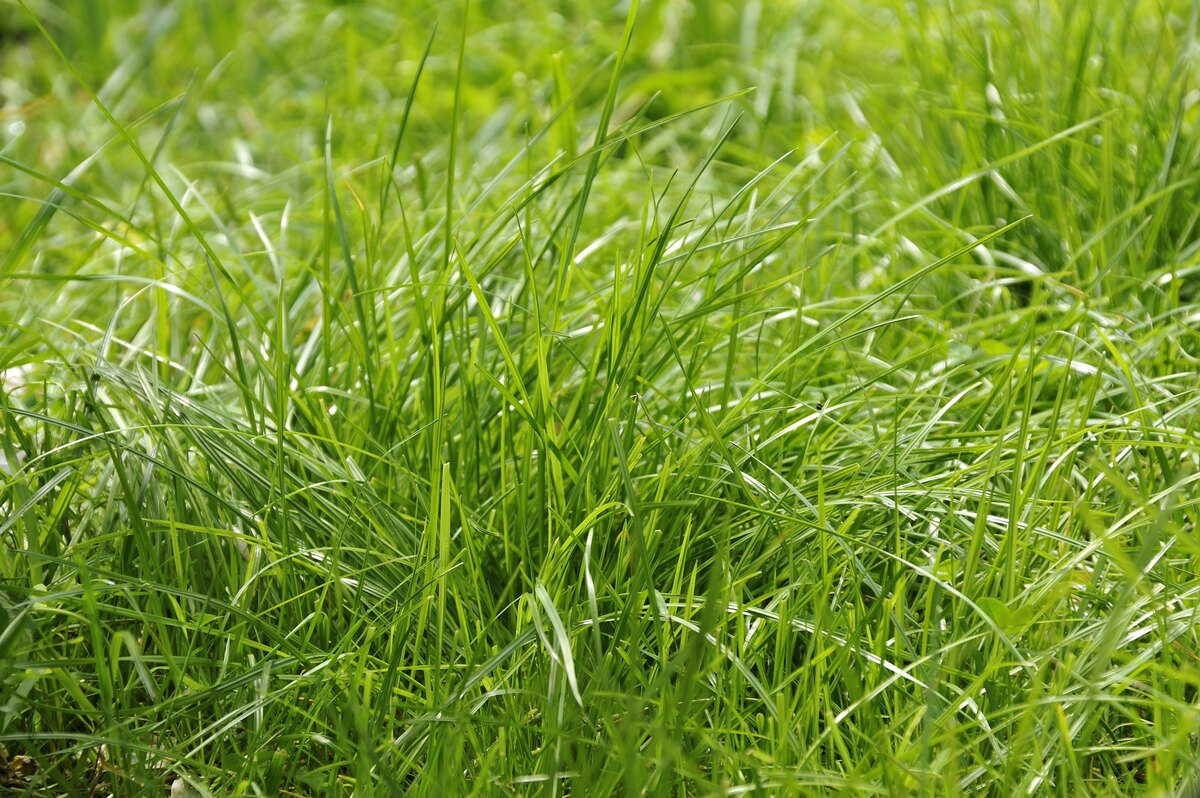
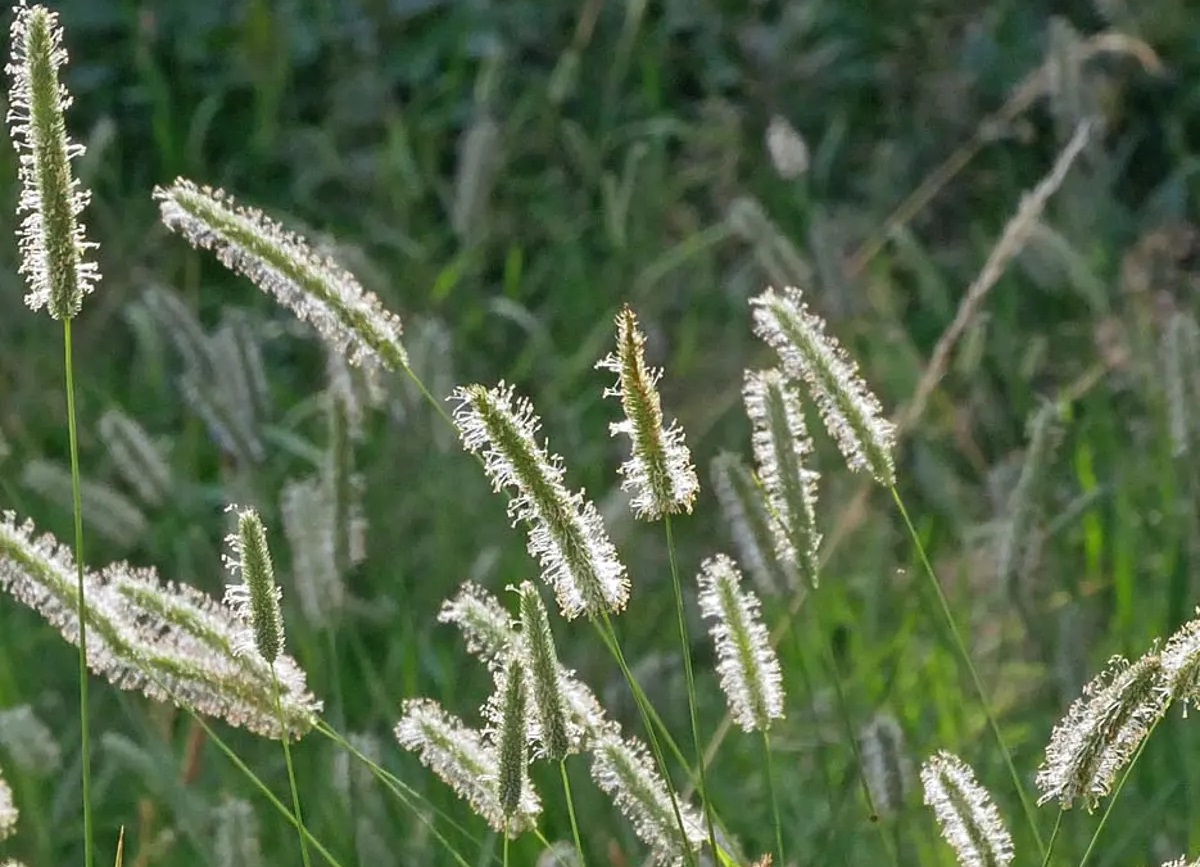
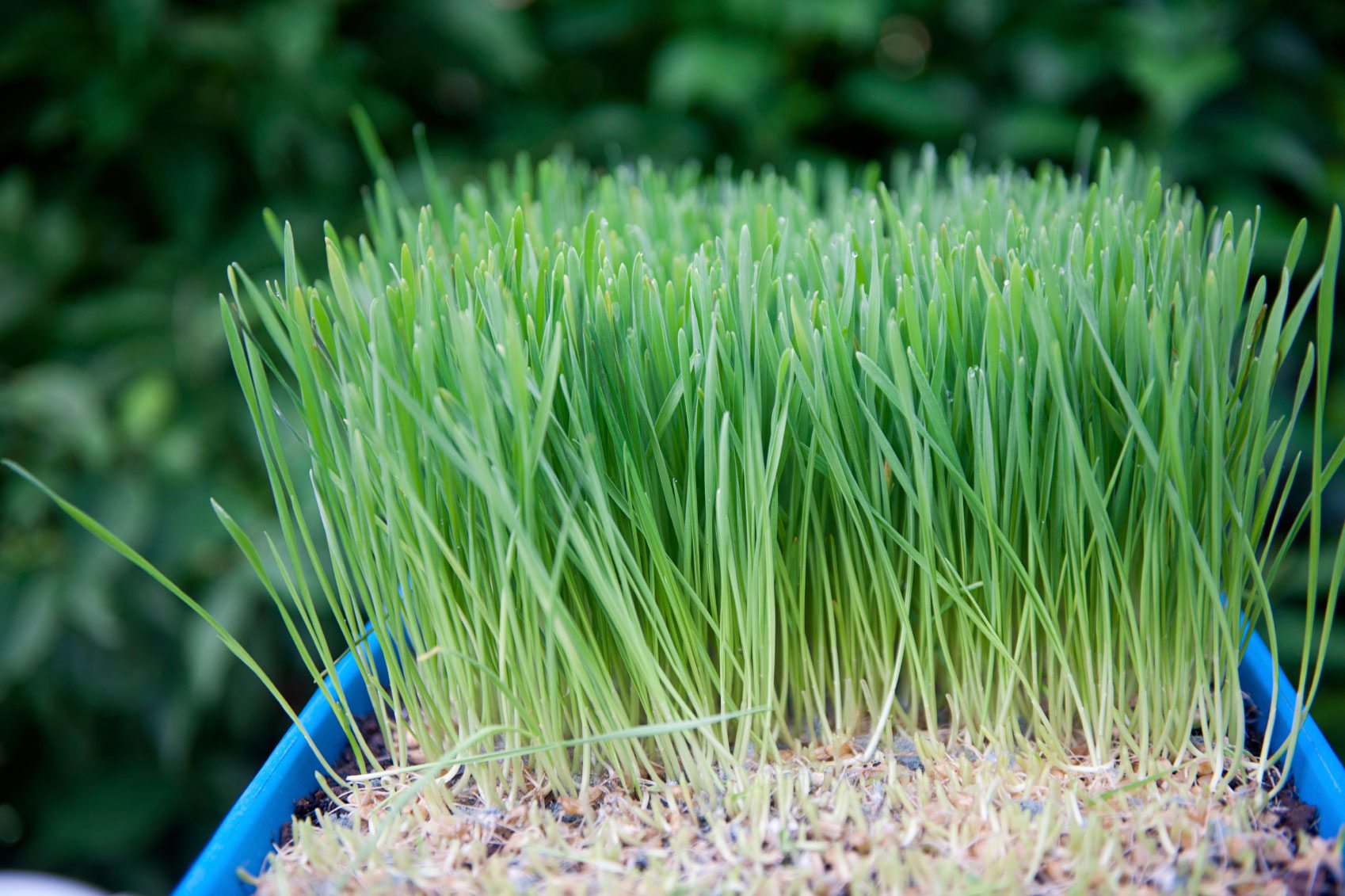
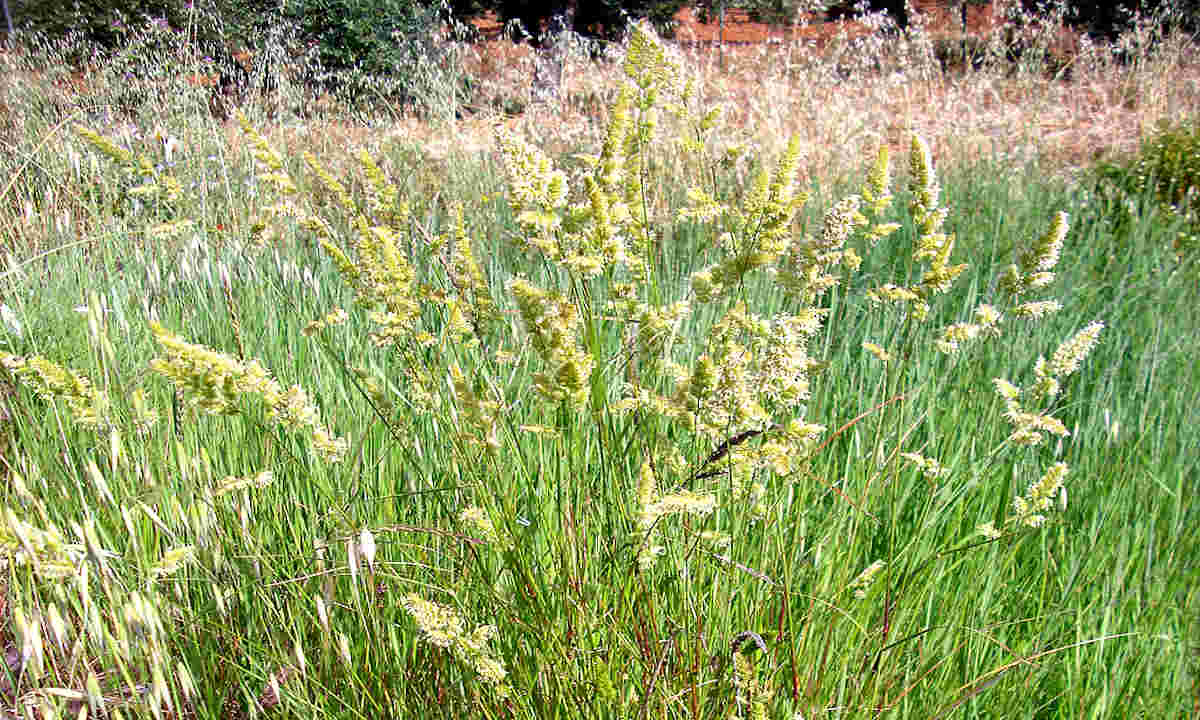
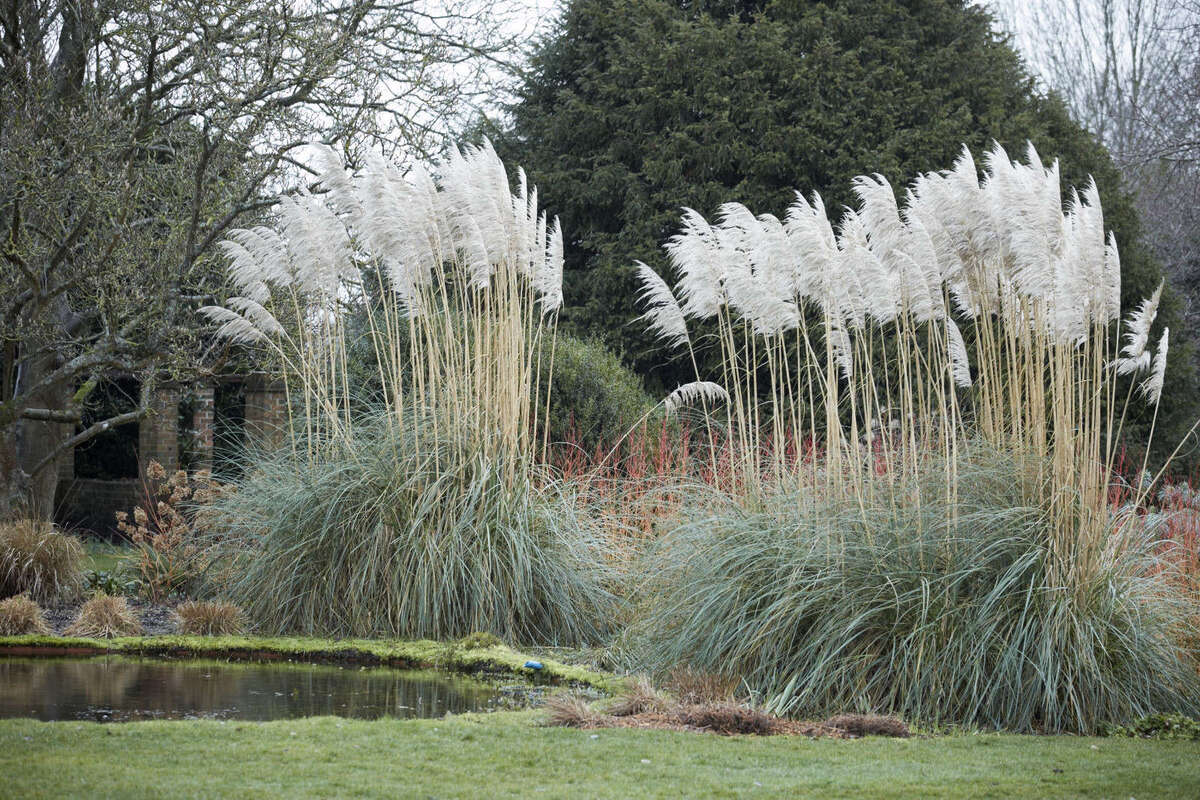
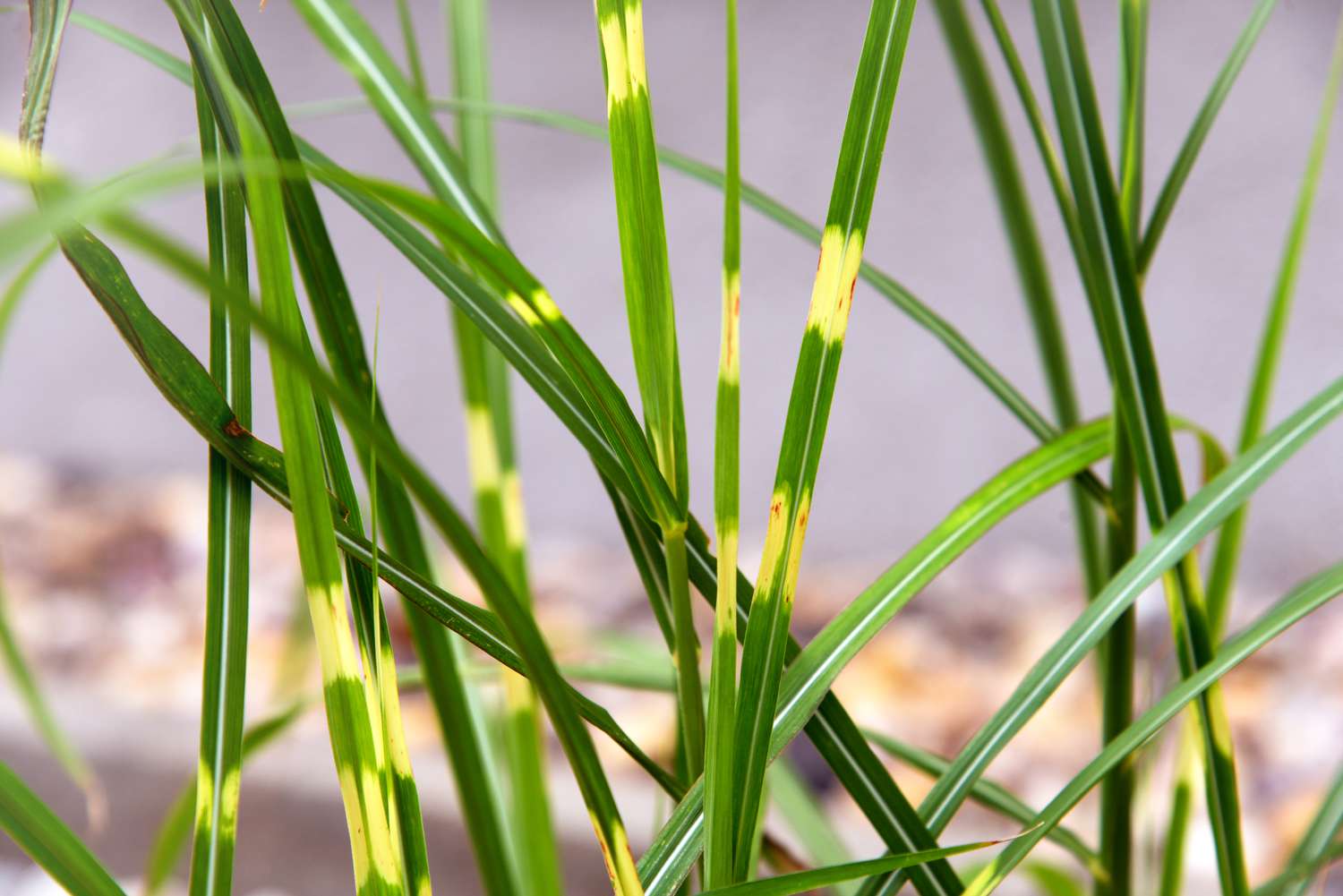
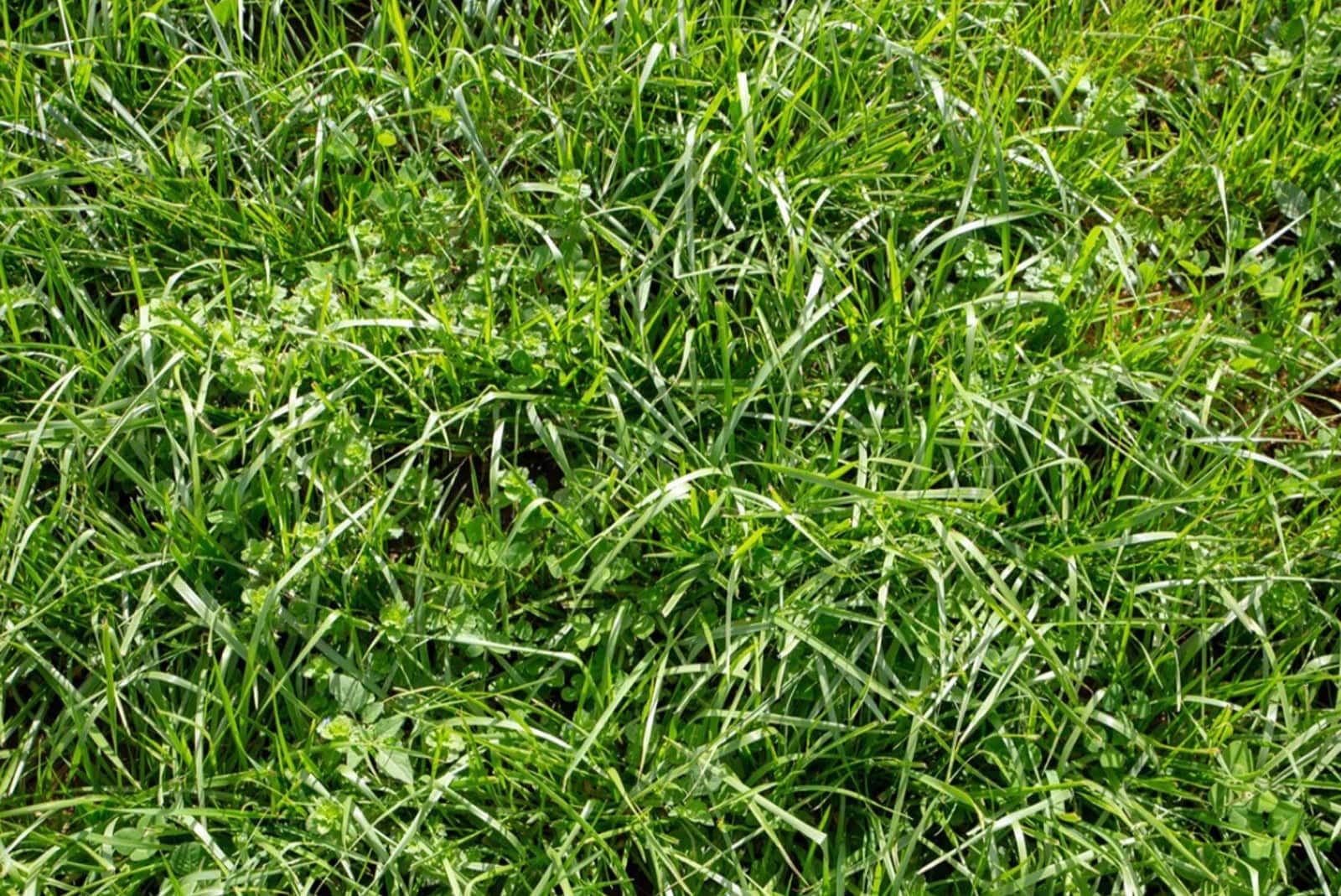
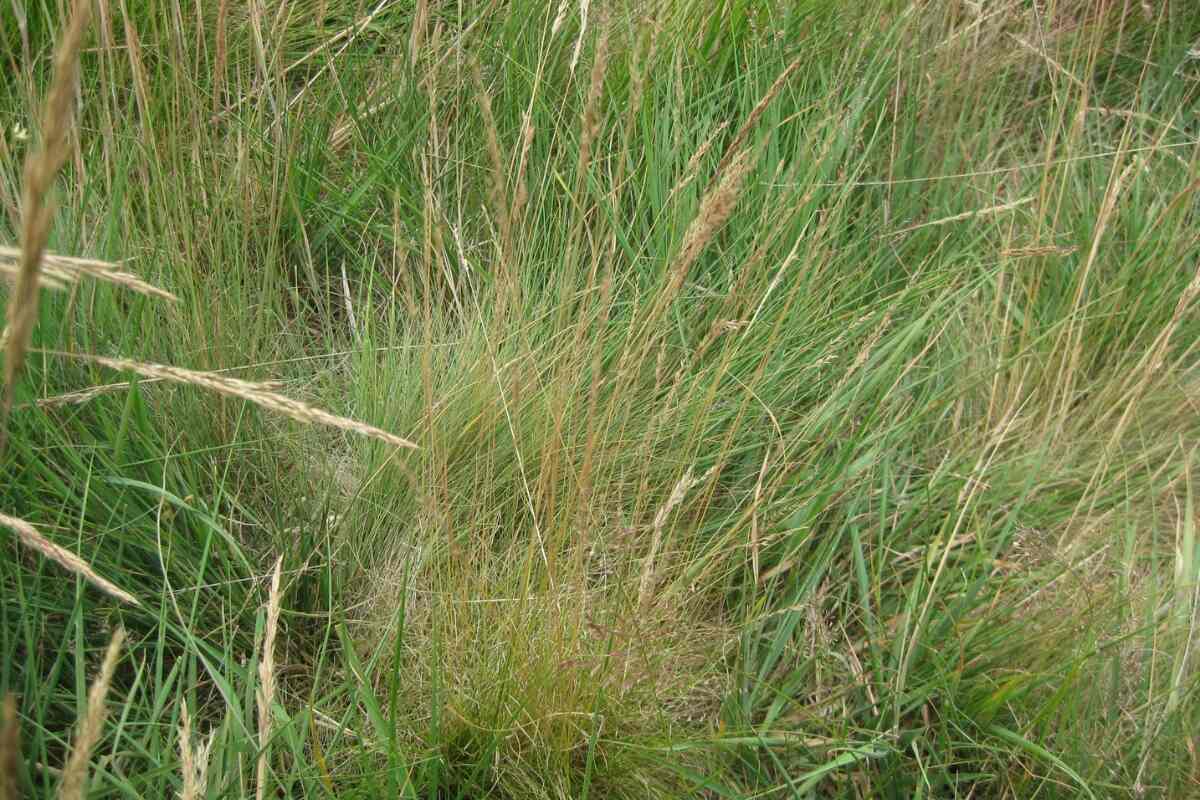
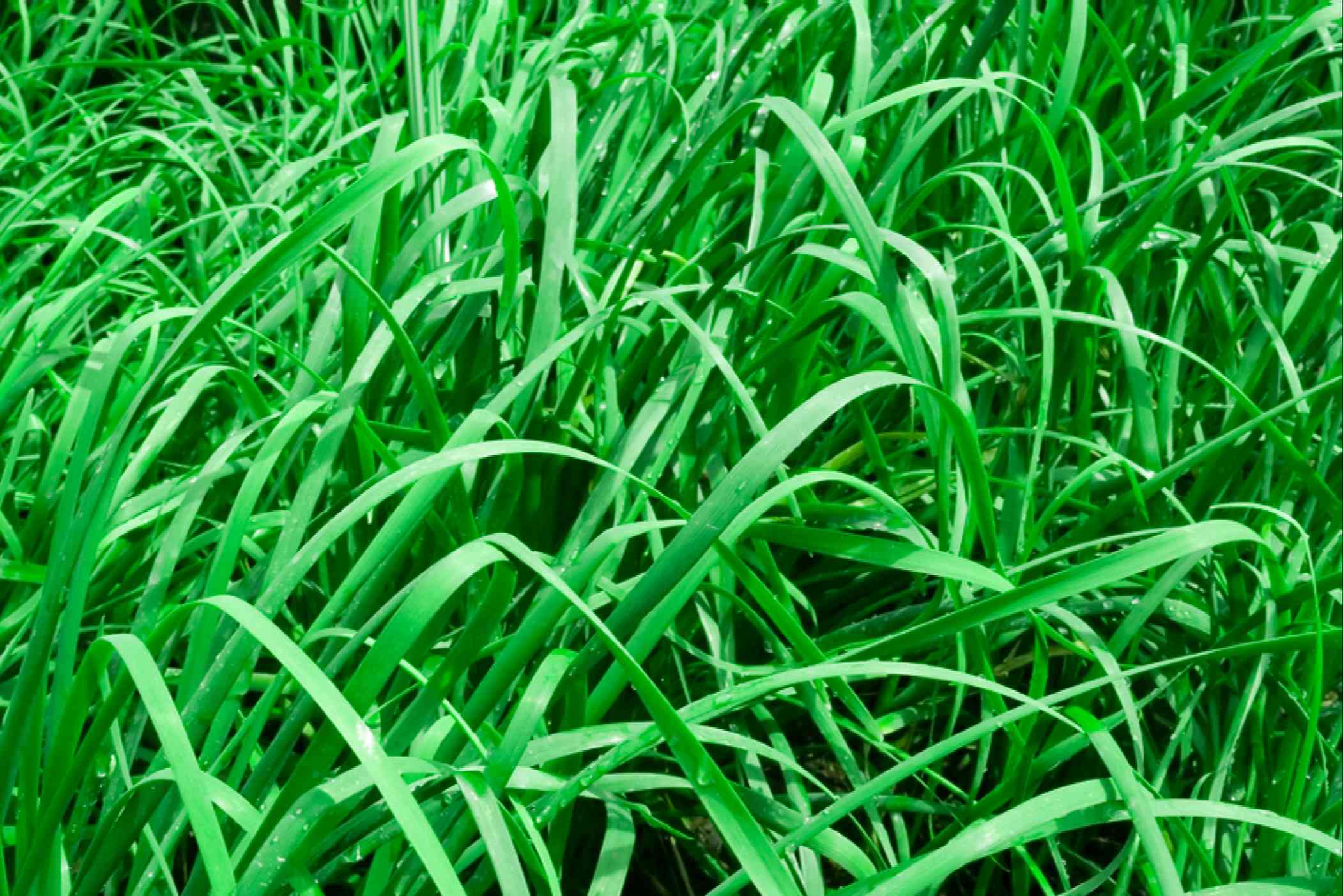
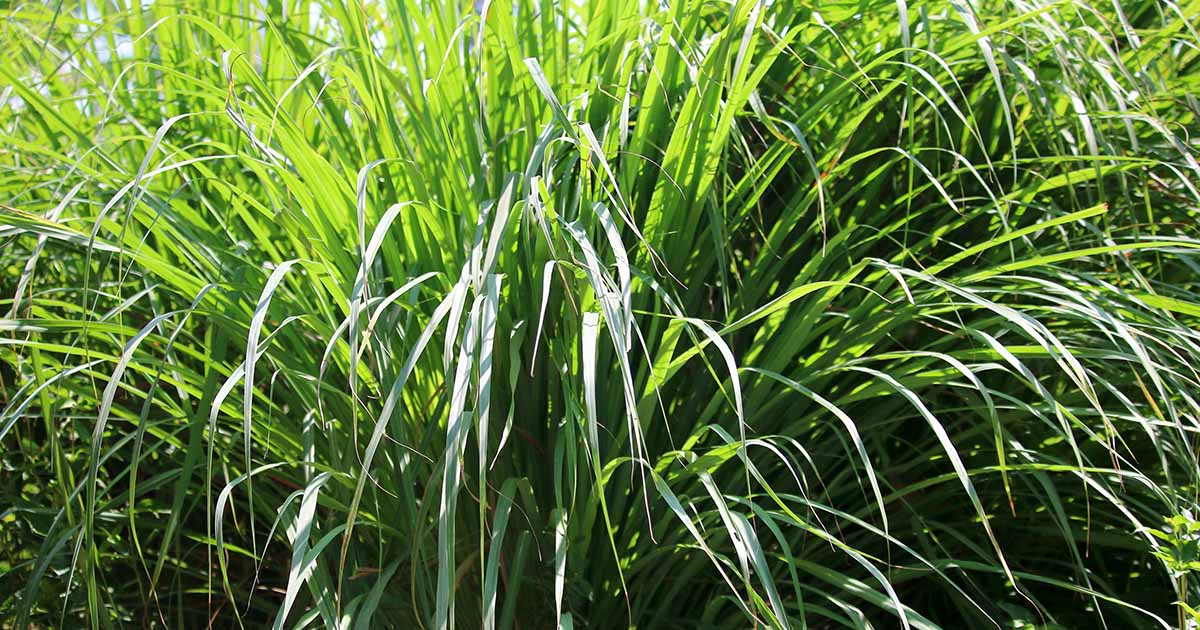
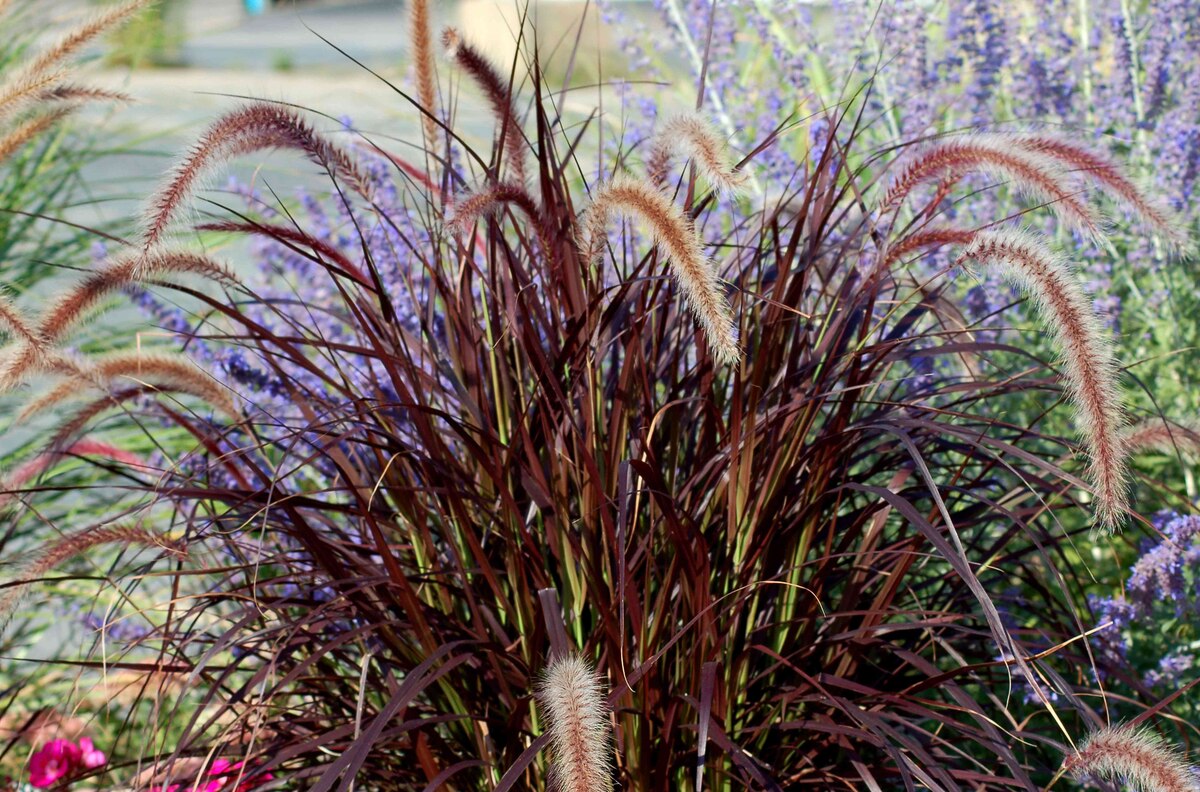

0 thoughts on “How Tall Does Purple Fountain Grass Get”